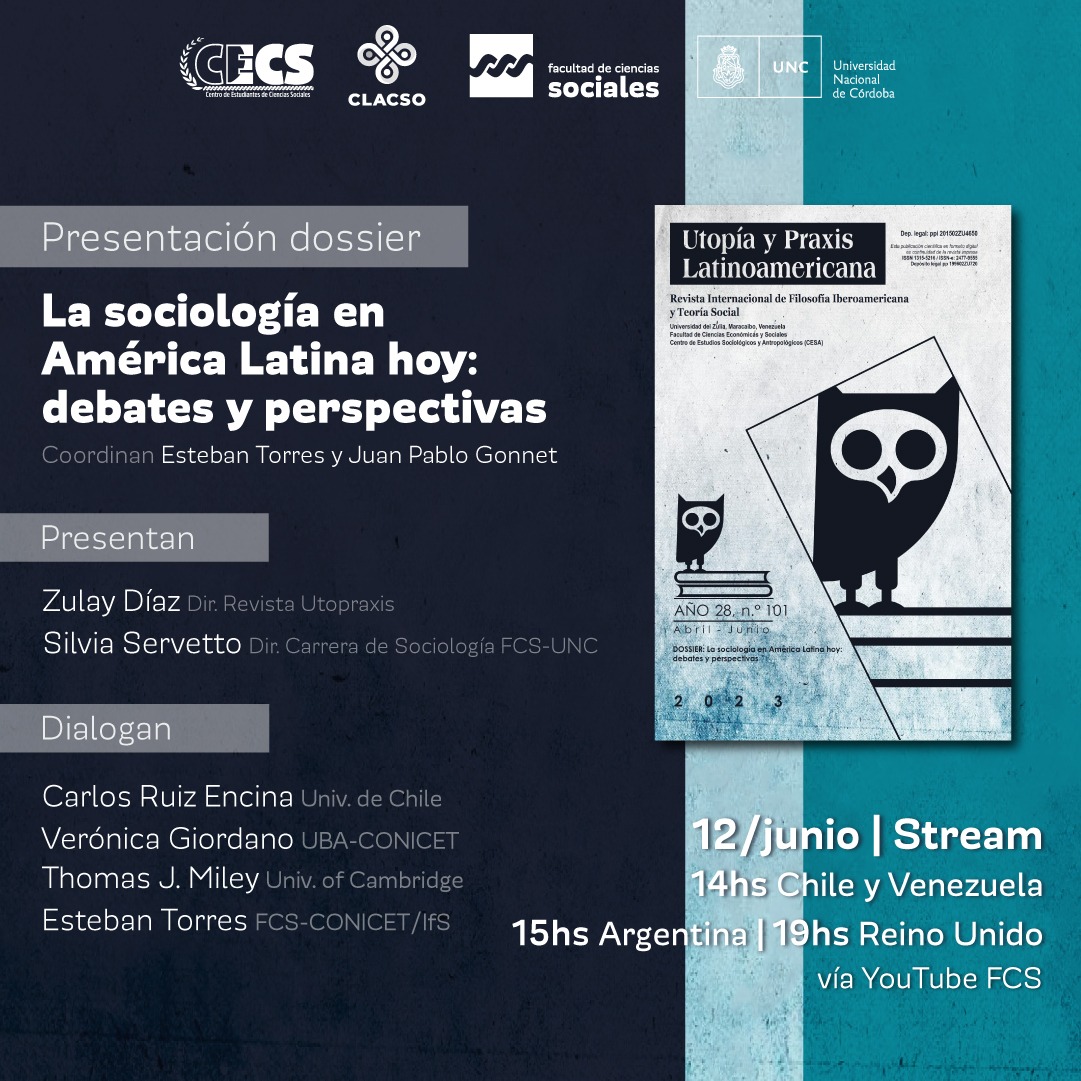Analysis of Structural-Semantic and Cultural Aspects in English, French and Russian Anecdotes
Resumen
ABSTRACT
The purpose of this study is to identify and compare the structural-semantic and cultural features of anecdotes to reveal its similarities and differences in the english, french and russian languages. Based on the analysis of a small corpus of anecdotes, the present exploratory study intends to identify types of lexical relations such as homonymy, polysemy, and paronymy and their linguistic features. The findings show that a common feature of russian, english, and french national humour can be considered as criticism.
RESUMEN
El propósito de este estudio es identificar y comparar las características estructurales, semánticas y culturales de las anécdotas para revelar sus similitudes y diferencias en los idiomas inglés, francés y ruso. Basado en el análisis de un pequeño corpus de anécdotas, el presente estudio exploratorio pretende identificar tipos de relaciones léxicas como la homonimia, la polisemia y la paronimia y sus características lingüísticas. Los hallazgos muestran que una característica común del humor nacional ruso, inglés y francés, puede considerarse una crítica.
Citas
AARONS, D (2012). “Jokes and the linguistic mind”. Routledge.
DAVIES, C (1990). “Ethnic humor around the world: A comparative analysis”. Indiana University Press.
GAFIYATOVA, E, SAMARKINA, N, & SHELESTOVA, O (2016). “Phytonyms in the Tatar and English languages: a comparative analysis”.
GILMUTDINOVA, AR, BIKTEMIROVA, EI, GOULKANYAN, MK, & NIKOLAEVA, OA (2016). “Cross-cultural study of American and British Stand-up”. Man in India, (96), p. 7.
IBRAHIMOVA, B, TARASOVA, F, YARULLINA, O, & BEISENBAI, AB (2017). “Proverbs and Sayings as a reflection of National Character (In The Context of Tatar and English Proverbs and Sayings)”. Revista Publicando, 4(13 (2)), pp. 626-633.
PETERSEN, JM, KRAFFT, J, TWOHIG, MP, & LEVIN, ME (2019). “Evaluating the open and engaged components of acceptance and commitment therapy in an online self-guided website: Results from a pilot trial”. Behavior modification, 0145445519878668.
SVANBERG, I, HÄLLZON, P, & STÅHLBERG, S (2019). “Glimpses of Loptuq Folk Botany: Phytonyms and Plant Knowledge in Sven Hedin’s Herbarium Notes from the Lower Tarim River Area as a Source for Ethnobiological Research”. Studia Orientalia Electronica, 7, pp. 96-119.
WARDHANA, DEC, & HATI, GM (2017). “A Study of Toddlers’ Humor Linguistic Mind”. ISLLAC: Journal of Intensive Studies on Language, Literature, Art, and Culture, 1(2), pp. 64-68.
WEISGERBER, J (1973). “Satire and irony as a means of communication”. Comparative literature studies, pp. 157-172.
YANG, I, KITCHEN, PJ, & BACOUEL-JENTJENS, S (2017). “How to promote relationship-building leadership at work? A comparative exploration of leader humor behavior between North America and China”. The International Journal of Human Resource Management, 28(10), pp. 1454-1474.
YILMAZ, ER, TARASOVA, FK, & ASHRAPOVA, AK (2016). “Speech act of approval as a separate component of a positive assessment speech act”. Journal of Language and Literature, 7(2), pp. 195-198.
YUSUPOVA, A, & DUNAEVA, R (2016). “Tatar-Turkish interlingual homonymy”. SCOPUS20780303-2016-7-2-SID85000443180.












